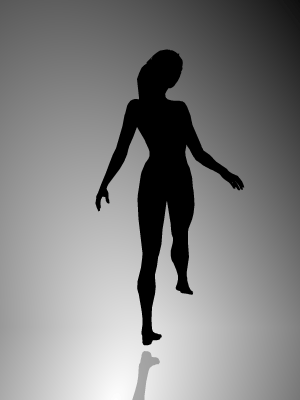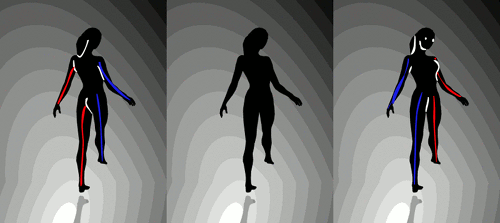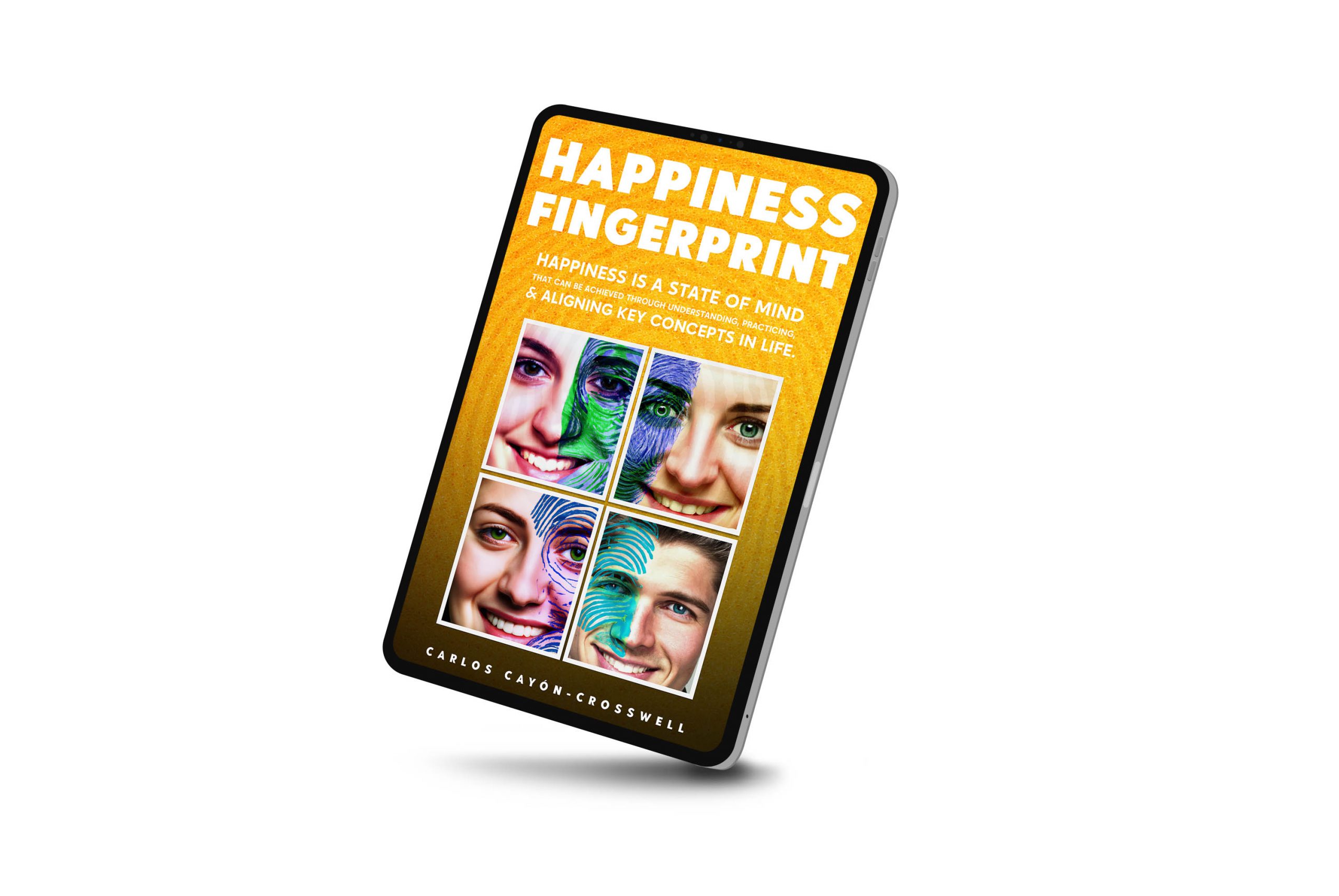Our perception plays a critical role in shaping our thoughts and emotions.
The optical illusion known as “The Spinning Dancer” vividly illustrated this idea created by Nobuyuki Kayahara. This illusion demonstrates how our brain interprets visual stimuli differently, affecting our mental and emotional states. We can enhance self-awareness and cultivate a happier reality by understanding and scientifically diagnosing our emotions with tools like www.emotionalscan.com
The Spinning Dancer Illusion
The Spinning Dancer is an intriguing optical illusion where different viewers see a dancer spinning either clockwise or counterclockwise. The illusion lacks depth cues, leading to different interpretations of the dancer’s direction. This ambiguity arises because the brain tries to construct a 3D perspective from a 2D image, similar to the Necker cube illusion.
Perception and Depth Cues
Depth cues are crucial for our brain to understand the spatial orientation of objects. In the case of the Spinning Dancer, the absence of these cues causes the brain to switch between two possible interpretations. For example, the raised arm of the dancer can be seen as either the right or left arm depending on the perceived direction of spin. This same ambiguity applies to the dancer’s legs and feet.
When the dancer is viewed in profile, the lack of depth signals can still cause confusion, making the perceived spin direction switch based on subtle visual hints.
Exercise: Fix your gaze on the red lines on the arm or leg at the ends and then the dancer in the center will turn in the same direction.
Perception and Reality
This visual trickery highlights a broader psychological truth: our perception can significantly alter our reality. How we interpret our surroundings influences our thoughts and emotions. A positive attitude, for instance, can lead us to perceive challenges as opportunities, thereby fostering happiness and satisfaction.
The Power of Attitude
Attitude is a fundamental element in generating a happy reality. Just as the brain can interpret the Spinning Dancer in multiple ways, our attitude can shape how we perceive life’s events. We can influence our emotional responses and overall happiness by consciously choosing a positive outlook.
For example, viewing challenges as growth opportunities rather than obstacles can foster resilience and joy in stressful situations. This shift in perspective is key to seeing the dancer spin in a preferred direction – a choice that can lead to a more fulfilling experience.
Self-Awareness with EmotionalScan.com
Scientifically diagnosing our emotions is crucial to further harness the power of perception and attitude. Tools like www.emotionalscan.com can help individuals gain deeper self-awareness by analyzing their emotional responses. EmotionalScan uses advanced algorithms to interpret facial expressions, voice intonations, and other biometric data, providing insights into our emotional states.
By better understanding our emotions, we can address negative patterns and reinforce positive ones. This self-awareness is the first step towards emotional intelligence, enabling us to manage our feelings more effectively and improve our interactions with others.
Start by chaging a Negative Perspective into a Happy Reality – Las Vegas Homeless
Conclusion




